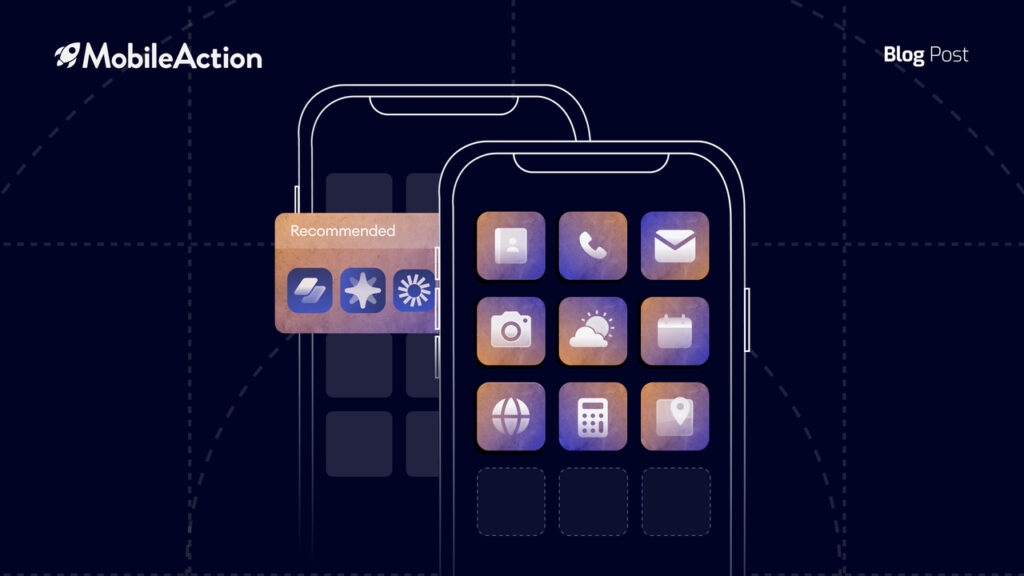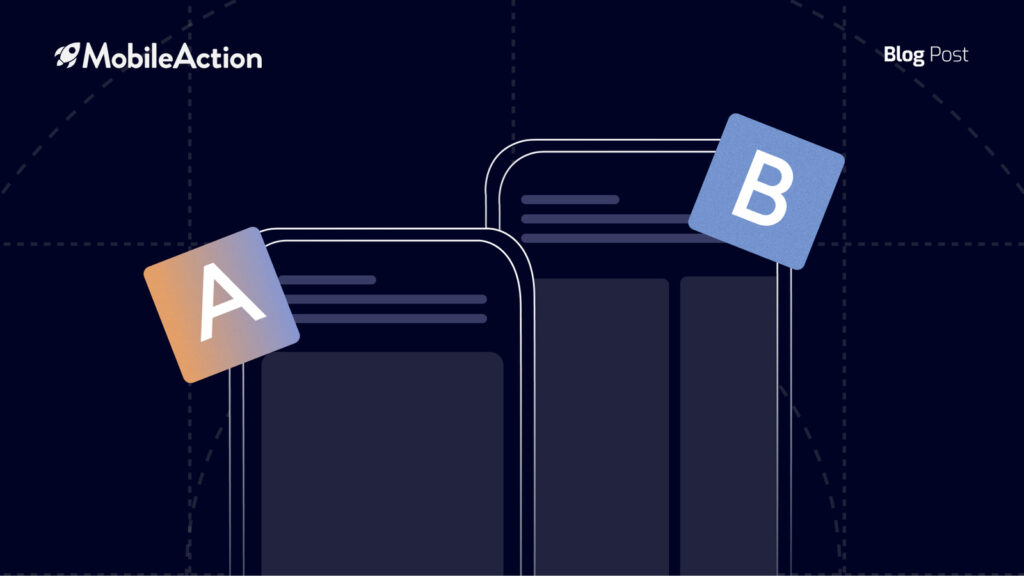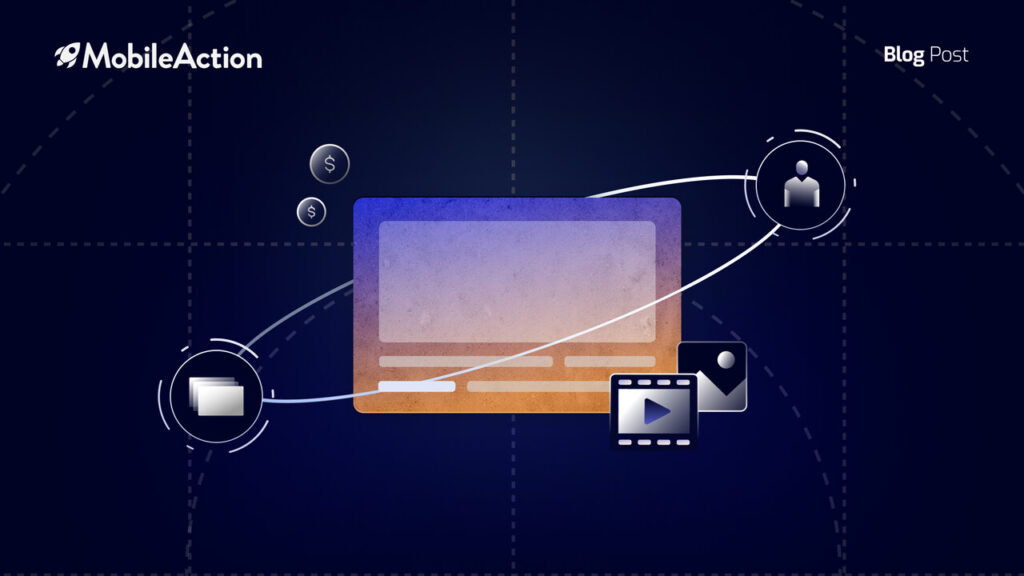With over 2 million apps available in stores like Google Play and the Apple App Store, competing for users have become extremely difficult.
You’ll need a way to stand out from the rest, and that’s where your marketing comes into play.
One marketing strategy involves leveraging the Podcast application that’s available on every mobile device. It can be a very effective tool for driving traffic to your app.
What Are Podcasts?
Podcasts are audio or video-based content that are delivered right to the subscriber’s app. Most podcasts are audio because video hosting can get expensive.
It can be a cost-efficient way of capturing an audience by providing them with deep subject matter knowledge and unique insights.
A 2017 survey by Edison Research and Triton Digital says that the total number of podcast listeners is approximately 112 million, with 67 million people listening to podcasts monthly.
It’s a growing market of people looking for new content on all types of topics. It’s important to note that the number of people using their mobile devices to access these audio files has increased by 30% over the past three years.
Most podcasters use this medium as a way to promote their business, enabling them to gain credibility and build authority in their niche.
…and you can do it too!
Before You Launch a Podcast
Before you jump in and start executing, it’s important to determine a strategy and set goals to maximize the amount of traffic going to your app. You don’t want to invest the time to start a podcast, only to find out that you went down the wrong path.
…and will have to start over.
So here is a quick-start guide on how to plan your first podcast.
Pick a Niche
First things first, pick your topic!
Be specific and relevant, especially when it comes to the kind of subjects you’ll want to talk about. The aim is to create podcasts that will resonate with your audience, so they will keep listening.
Also, take a look at the podcasts that are already out there and figure out how you can put your own spin on your core topic and stand out from the crowd.
You want to pick something that is broad enough that you will have a lot to talk about, but narrow enough that you will attract a core group of listeners.
If you are having trouble deciding, go with your gut.
Start with what you are passionate about and take it from there. Then you can test a few different approaches and see what works.
Pick a Persona
Next, identify the type of person or audience you want to connect with. Narrowing down the ideal listener makes it easier to obtain information about their demographics, interests and the types of problems they face.
Remember, the more specific you are about your persona, the easier it will be to connect with them.
Here are some things to consider when defining your ideal listener:
- What is their income level?
- Are they tolerant to swearing?
- Do they have a family?
- What are the biggest problems in their life right now?
- Do they prefer long, short or medium length podcasts?
- What other unrelated things are they interested in, that you can throw into the mix (like Star Wars, for example)?
- Is there anything that you have in common with them?
- What language do they speak?
Above all else, let your personality shine through in the podcast. There will be people who love you and people who hate you.
…and that’s great.
You can’t make everyone happy. So do your best to please the people who are naturally attracted to you.
Pick a Name
Now that you have a topic and target listener, it’s time to pick a name for your baby. Hopefully, having these two elements will make it easier to pick a name.
When choosing a name, it can be tempting to get a little too “creative” and give your podcast a name that doesn’t tell potential listeners what your podcast is about.
Find the balance between being informative and creating your own brand.
Content Production Process
There are three basic steps to creating podcast content:
- Record
- Cut and mix down
- Publish
1. Record
Podcasts generally come in two styles: talks and interviews.
Talks are more topic based and don’t require a lot of preparation. So if it’s going to just be you, or you and a buddy, then simply carve out some time once a week and start recording.
It is easier to record several episodes in a row, whenever possible. This allows you to make the best use of your time.
Interviews are more engaging but take a lot of time to conduct and schedule. You should consider how much time it will take to research, brainstorm questions, and pick a date for the recording.
Scheduling interviews can be the most time-consuming part of doing interviews. So use something like ScheduleOnce to make it easier. Since it also handles the timezone conversion, it cuts down on missed appointments.
2. Cut and Mix Down
Once you have a few episodes recorded, you will need to do the final cut. There are several different tools that you can use, which I’ll discuss in the next section.
But I want to point out that this step in the process can take as much, or even more time, than the actual recording step. So if you don’t have time to do this, consider hiring someone to take care of this for you.
3. Publish
Now comes the easy part. Just upload your file to the host that you are using.
I’ll get into where to host your files later in this guide. But for now, that’s all you need to know about the production process.
Equipment and Software
You will need a computer, a good quality microphone, and software to publish your podcast. Here are some suggestions for getting started.
Computer
You don’t need to run out and get a new computer. Any computer made in the last five years will do fine. Even some older models will probably be good enough.
So don’t let your computer stop you from launching a podcast.
Microphone
There is a wide range of microphone options out there. However one of the best starter microphones is the Audio-Technica ATR-2100. For around $65, you get a solid mic with excellent sound quality.
If you want to upgrade to something more expensive later, you can. But this is a great place to start.
Remember to also get a pop filter. It will smooth out your voice and channel your inner Barry White.
Software
There are several options for desktop software, depending what type of podcast you will do and your computer’s operating system.
Here are a few of the best low-cost options:
- Skype + Ecamm (Mac) or Pamela (PC): Recording Skype interviews
- Camtasia (PC): Audio and video editing
- ScreenFlow (Mac): Audio and video editing
You could use Adobe Audition or Final Cut Pro if you have them. But they are generally overkilling and not completely necessary.
If you will be publishing your podcast on a blog, then the Blubrry Podcasting plugin for WordPress is the absolute easiest way to get your podcast published. It gives you the ability to add metadata to your podcast and define your podcast icon.
Hosting Your Podcast
Hosting a podcast can be a little confusing in the beginning. You see, you will want to get your podcast up on Google Play and iTunes, but these platforms don’t actually host the files.
They only publish a link to the files. It is up to you to find third-party hosting and fill in all the other bits.
Libsyn is generally considered the best place to host your files. Amazon S3 can work too, especially if you are already using Amazon for your app or website. You can also host your files on Soundcloud, but keep in mind that your files hosted on Soundcloud can only be played back on Soundcloud, not on other platforms.
Once you have a host and have uploaded your files, then submit your podcast to the various podcast broadcasting services out there.
Here are a few to get you started:
- iTunes
- Google Play
- Stitcher
Be sure to read the guidelines for publishing a podcast, on each platform. They can vary a little.
Conclusion
So that’s everything you need to know to get started with a podcast. There is more to learn, but the hardest part is getting your first episode published.
Remember that podcasts can be a low-cost, organic way of driving traffic and increasing downloads. So what are you waiting for, go get started!
Once you have your first episode published, share the link below!
Recommended Article:
 About the Author
About the Author
Anne Servidad is a Toronto-based marketing writer, passionate about tech and start-ups in the B2B space. After working for a business incubator and various software/mobile app start-ups, she continues on her entrepreneurial journey by sharing her storytelling talents.
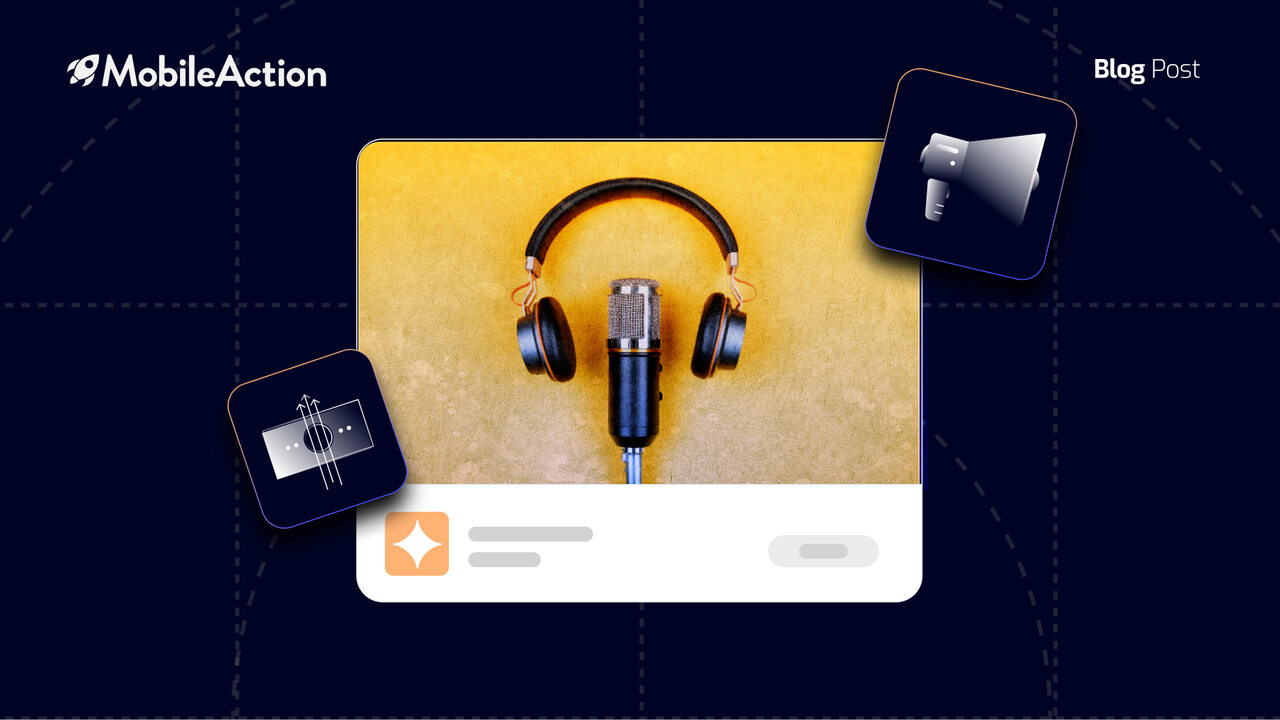
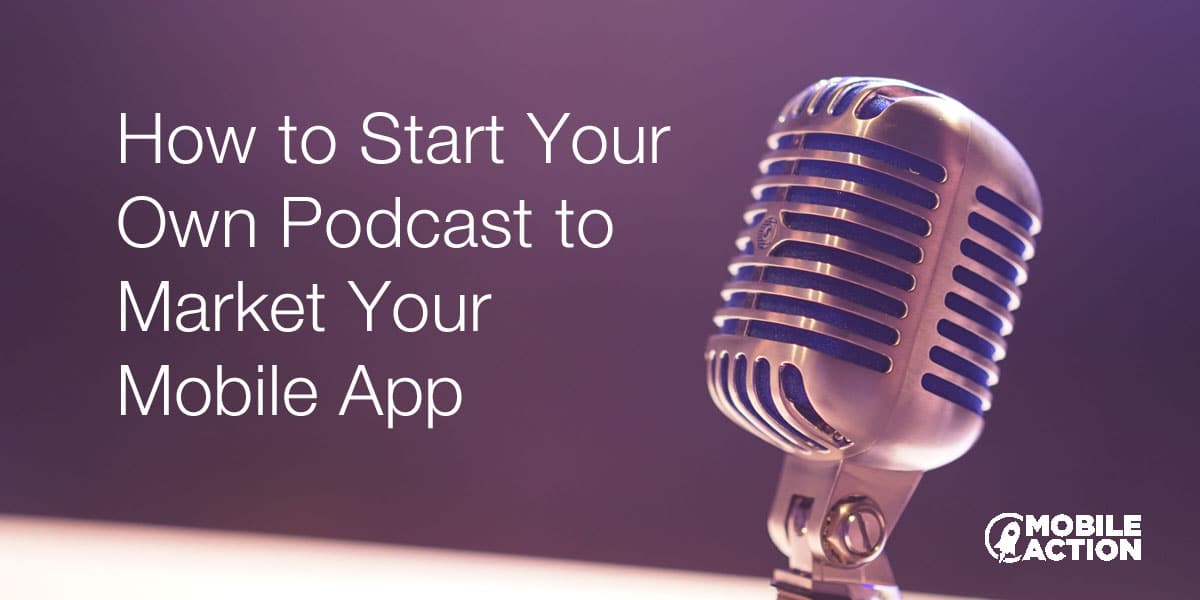
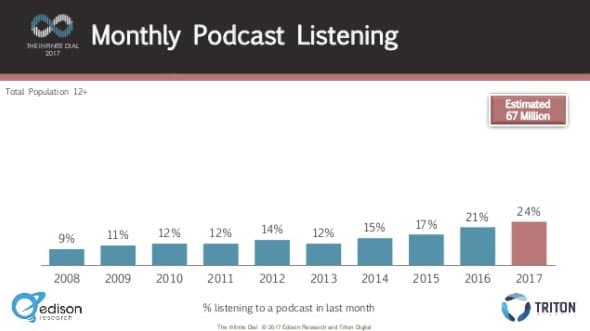


 About the Author
About the Author